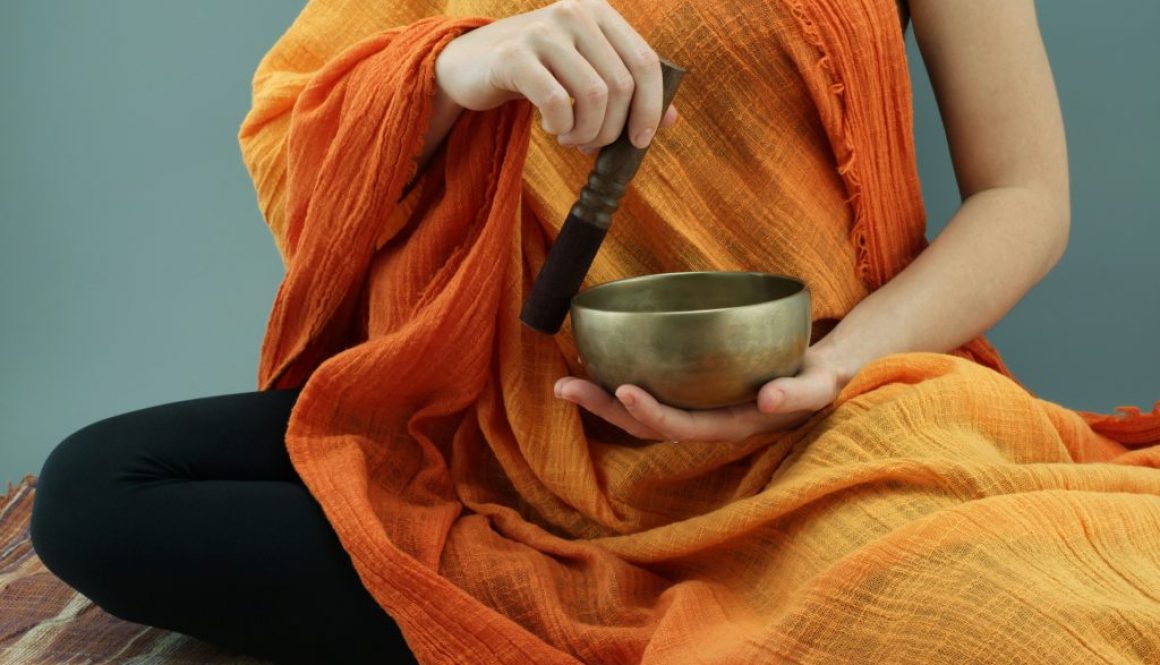Ancient Wisdom, Modern You: Holistic Healing in 2025
In an era dominated by rapid technological advancements and a fast-paced lifestyle, the allure of ancient wisdom is stronger than ever. Holistic healing, deeply rooted in centuries-old practices, is making a powerful resurgence in 2025. From Ayurvedic remedies to energy healing and traditional Chinese medicine, these time-honored approaches are seamlessly merging with modern innovations to address the needs of a stressed and health-conscious world.
Let’s explore how ancient practices are influencing modern holistic healing and why they resonate with the lifestyle of today’s wellness seekers.
- The Foundations of Holistic Healing
At its core, holistic healing emphasizes treating the whole person—mind, body, and spirit—rather than just addressing symptoms. Ancient civilizations understood that true wellness goes beyond physical health, encompassing emotional balance, mental clarity, and spiritual harmony.
Key practices from ancient traditions include:
- Ayurveda: The Indian system of medicine focusing on balancing doshas (vata, pitta, kapha) through diet, lifestyle, and herbal remedies.
- Traditional Chinese Medicine (TCM): Techniques like acupuncture, herbal medicine, and qi gong to harmonize the body’s energy flow.
- Shamanic Healing: Spiritual practices involving rituals, sound healing, and plant medicine to reconnect with nature and inner wisdom.
- Meditation and Yoga: Practices originating in ancient India to cultivate mindfulness, physical strength, and spiritual connection.
These time-tested methods remain relevant, offering solutions for modern challenges like chronic stress, anxiety, and lifestyle-related illnesses.
- Why Ancient Wisdom Matters Today
In 2025, the wellness movement has grown beyond trendy diets and fitness routines. People are seeking deeper connections to themselves and their surroundings, craving authenticity in their health journeys. Ancient wisdom provides:
- A Personalized Approach: Unlike one-size-fits-all solutions, practices like Ayurveda and TCM tailor treatments to individual needs, considering unique constitutions and imbalances.
- Sustainability: Ancient remedies often rely on natural, eco-friendly ingredients and methods, appealing to a world increasingly conscious of environmental impact.
- Stress Relief in a Fast-Paced World: Practices like meditation, yoga, and breathwork offer tools to counteract the pressures of modern living and improve mental resilience.
- A Holistic Perspective: By addressing the root causes of illness—be it emotional, spiritual, or physical—ancient methods provide long-term wellness rather than temporary relief.
- The Role of Technology in Holistic Healing
Far from being outdated, ancient practices are finding a new life in the digital age. In 2025, technology is bridging the gap between ancient wisdom and modern accessibility:
- Apps and Wearables: From guided meditation apps to wearable devices that track stress and sleep patterns, technology is helping individuals integrate holistic practices into daily life.
- Telemedicine for Holistic Care: Virtual consultations with Ayurvedic or TCM practitioners make these ancient methods accessible to a global audience.
- AI-Powered Personalization: AI algorithms analyze individual health data to recommend tailored herbal remedies, diets, and mindfulness practices rooted in ancient wisdom.
- Online Wellness Communities: Platforms allow like-minded individuals to share experiences, learn from experts, and adopt holistic lifestyles together.
- Modern Applications of Ancient Practices
The adaptability of ancient wisdom ensures its relevance today. Here are a few examples of how these practices are applied in modern contexts:
- Ayurvedic Superfoods: Ingredients like turmeric, ashwagandha, and triphala are now staples in wellness routines, available in smoothies, teas, and supplements.
- Acupuncture for Chronic Pain: This ancient TCM technique is widely recognized and integrated into mainstream healthcare for treating conditions like migraines and back pain.
- Sound Healing: Gongs, Tibetan singing bowls, and tuning forks are increasingly used in therapy sessions to reduce stress and promote relaxation.
- Herbal Adaptogens: Plants like ginseng, rhodiola, and holy basil are gaining popularity for their ability to combat stress and boost energy.
- The Future of Holistic Healing
As we look ahead, the integration of ancient wisdom with modern innovation will continue to shape the future of wellness. Key trends include:
- Greater Scientific Validation: Ongoing research into traditional practices is providing evidence of their effectiveness, further bridging the gap between ancient and modern medicine.
- Sustainable Wellness: As consumers prioritize eco-conscious choices, holistic practices rooted in nature will play a pivotal role in defining sustainable health solutions.
- Inclusivity in Wellness: Holistic healing will embrace diversity, honoring and incorporating practices from various cultures around the world.
- Embracing Ancient Wisdom for Modern Wellness
Holistic healing in 2025 is not about choosing between ancient and modern but embracing the best of both worlds. By integrating time-tested practices with today’s innovations, we can create a balanced approach to health that nurtures the body, mind, and spirit.
So, whether you’re sipping on a turmeric latte, booking an acupuncture session, or meditating with the help of a mindfulness app, remember: the path to wellness is as much about honoring the past as it is about embracing the future. Here’s to a healthier, more harmonious you—rooted in ancient wisdom and thriving in the modern world.
